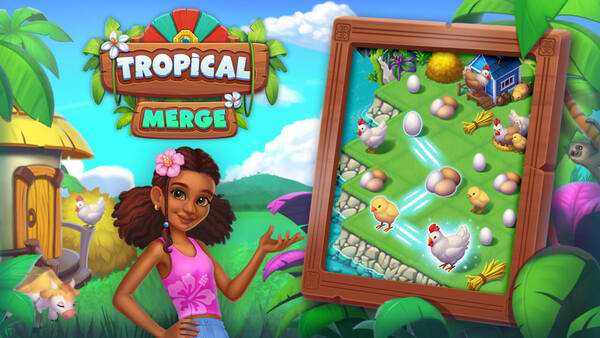
Hello Neighbor
All trademarks belong to their respective owners.
Advertisement
Popular Now
Hello Neighbor is a stealth-horror game that flipped expectations when it debuted, combining a childlike art style with dark narrative undertones. Developed by Dynamic Pixels and published by tinyBuild, the game centers on sneaking into a suspicious neighbor’s house to uncover buried secrets. While its premise is simple, Hello Neighbor has become a franchise phenomenon, spawning sequels, spin-offs, and even an animated series. The game’s eerie ambiance, AI-driven antagonist, and puzzling environments create an experience as frustrating as it is intriguing.
Latest Posts
Latest Reviews
-
 99 Nights In The Forest Roblox
Among the wave of horror-themed survival games on Roblox, 99 Nights In The Forest carves out a unique place by combining psychological tension, environmental dread, and strategic multiplayer gameplay. Set in a cursed forest where players must survive 99 increasingly intense nights, this game delivers a blend of crafting, cooperation, base-building, and fear.
Read full review
99 Nights In The Forest Roblox
Among the wave of horror-themed survival games on Roblox, 99 Nights In The Forest carves out a unique place by combining psychological tension, environmental dread, and strategic multiplayer gameplay. Set in a cursed forest where players must survive 99 increasingly intense nights, this game delivers a blend of crafting, cooperation, base-building, and fear.
Read full review
-
 Roblox – Steal a Brainrot
Roblox – Steal a Brainrot is one of the most hilariously chaotic and strategic games to hit the Roblox platform. Combining stealth mechanics with absurd humor, this game lets players infiltrate guarded environments to steal strange NPCs known as brainrots.
Read full review
Roblox – Steal a Brainrot
Roblox – Steal a Brainrot is one of the most hilariously chaotic and strategic games to hit the Roblox platform. Combining stealth mechanics with absurd humor, this game lets players infiltrate guarded environments to steal strange NPCs known as brainrots.
Read full review
-
 Roblox: Grow a Garden
Explore the ultimate Roblox: Grow a Garden review—gameplay, farming tips, events, pros and cons, and expert strategies to thrive.
Read full review
Roblox: Grow a Garden
Explore the ultimate Roblox: Grow a Garden review—gameplay, farming tips, events, pros and cons, and expert strategies to thrive.
Read full review
-
 REMATCH
Experience the intensity of a rematch game as rivals clash once more to settle the score. Who will come out on top this time?
Read full review
REMATCH
Experience the intensity of a rematch game as rivals clash once more to settle the score. Who will come out on top this time?
Read full review
-
 Dune: Awakening
Dune: Awakening is a thrilling survival MMO set on the harsh desert planet Arrakis, where players must build, fight, and strategize to conquer the sands and thrive against deadly threats.
Read full review
Dune: Awakening
Dune: Awakening is a thrilling survival MMO set on the harsh desert planet Arrakis, where players must build, fight, and strategize to conquer the sands and thrive against deadly threats.
Read full review
-
 Zoonomaly
Zoonomaly is a post-apocalyptic survival horror game where players face mutated wildlife, explore hostile environments
Read full review
Zoonomaly
Zoonomaly is a post-apocalyptic survival horror game where players face mutated wildlife, explore hostile environments
Read full review































